Small Italian Town Lights Up World’s Largest Christmas Tree
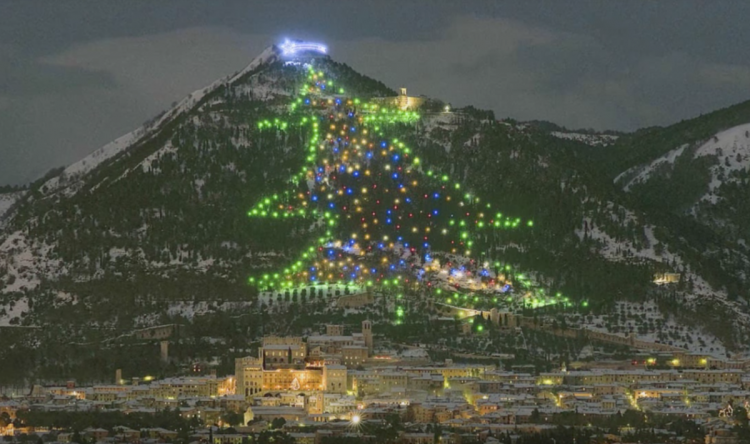
For nearly three decades, Gubbio, a small medieval town at the foot of Mount Ingino in Italy’s Umbria region, has held the Guinness Record for the world’s largest Christmas tree. In 1981, the 750-meter Christmas tree spread over the slope of Mount Ingino was lit up for the first time. Every year since, on the […]
This Whimsical Unicorn Cafe Is Probably the World’s Most Colorful Place

If you’re ever in Bangkok, Thailand, and you;re a fan of unicorns, ponies or just colors in general, there’s a place you simply must visit. It’s called “Unicorn Cafe” and, just like you’d expect, it’s full of plush unicorns, rainbows and lots of other colorful treats. To say Unicorn Cafe is a colorful place would […]
Doll’s Head Trail – Probably the World’s Creepiest Hiking Trail
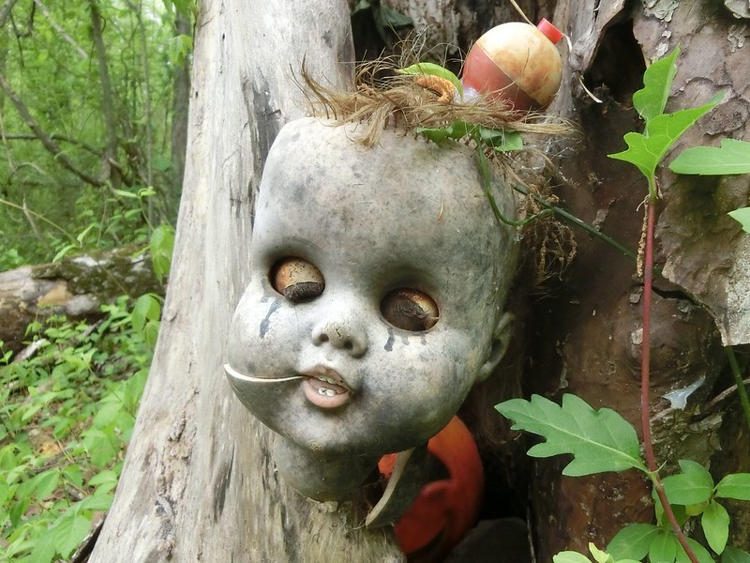
Just outside the city of Atlanta, in Georgia, lies one of the strangest, most disturbing hiking trails in the world – Doll’s Head Trail. Faithful to its name, this 1.5-mile course is lined with creepy doll heads that seem to be following you with their gaze as you walk by. Long before it became home […]
Japan Gets Its Very Own Whimsical Coloring Book Cafe
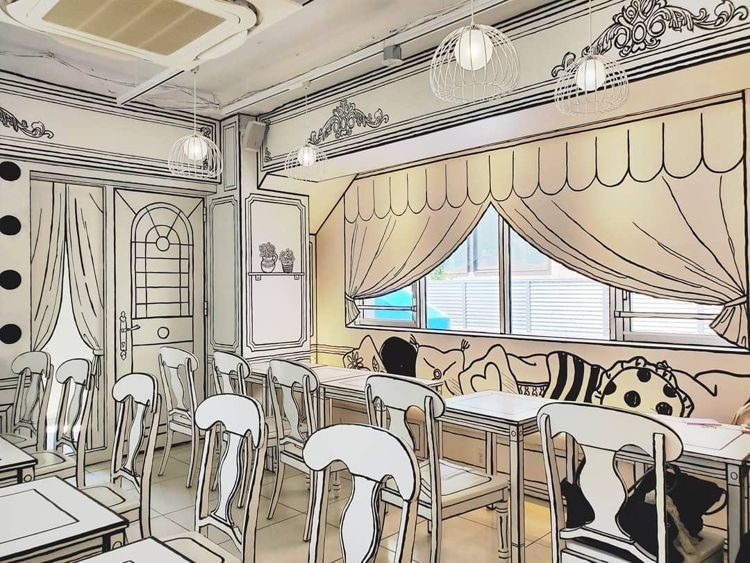
Tokyo’s Shin Obuko neighborhood recently became the home of what will undoubtedly become one of the most popular cafes in the Japanese capital – 2D Cafe, a place that lets you feel like you’re in a real-life illustration. Most likely inspired by the success of Cafe Yeonnam-dong 239-20, the Seoul-based cafe that went viral around […]
Tourists Won’t Stop Visiting Australia’s “Asbestos Town”

It’s considered the most contaminated site in the southern hemisphere and one of the most toxic in the world, but for some reason tourists just can’t stay away from the abandoned mining town of Wittenoom, deep in Western Australia’s remote Pilbara region. In its heyday, between 1930 and 1966, Wittenoom was home to around 20,000 […]
Monte Neme – Spain’s Very Own Toxic Maldives
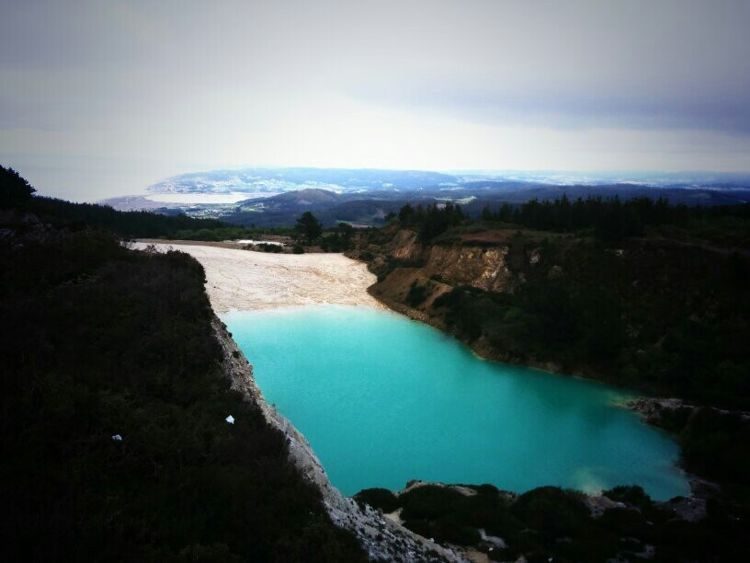
During the same time that a turquoise but toxic lake near the Russian city of Novosibirsk is making international headlines as the “Siberian Maldives“, a similarly dangerous attraction is gaining notoriety in Spain. During the first and second World Wars, Monte Neme was a prized tungsten mine that supplied the material necessary for making light […]
The Siberian Maldives – An Alluring But Dangerous Tourist Attraction
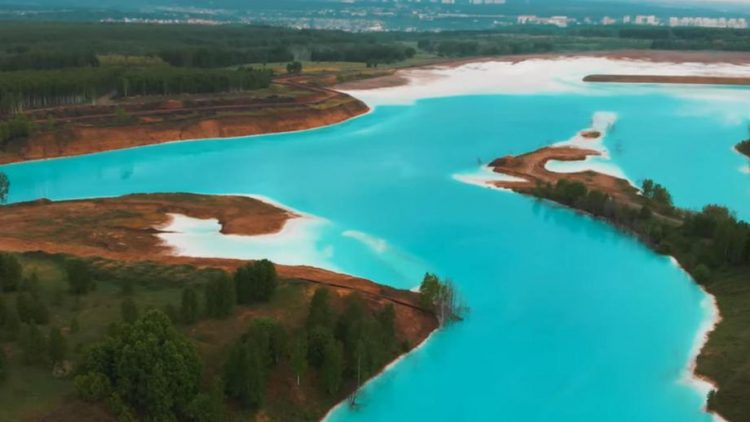
Russian Instagram users in search of the perfect selfie have been flocking to a lake near the Siberian city of Novosibirsk that boasts turquoise water and white sandy beaches similar to those in the Maldives. But unlike the popular Indian Ocean archipelago, there is nothing natural about its beauty. Dubbed the “Siberian Maldives” or “Novosibirsk […]
Please Don’t Step on the Fish! Vietnam’s Unique Flooded Cafe
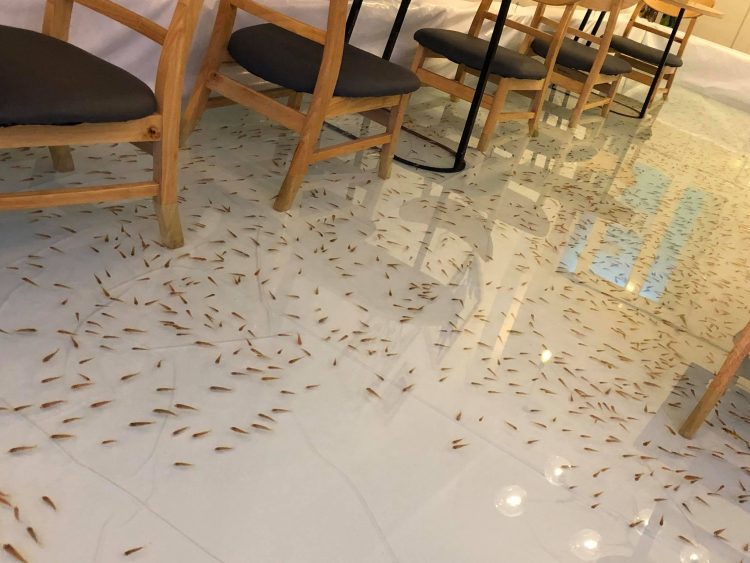
Animal cafes where you can enjoy a hot cup of coffee and pet cute animals like cats, dogs or even sheep have been springing up all over the world, but Amix Coffee is the only cafe in the world where you can relax as dozens of decorative fish swim at your feet. Located in Vietnam’s […]
Eibenthal – A Picturesque Village Where Theft Doesn’t Exist
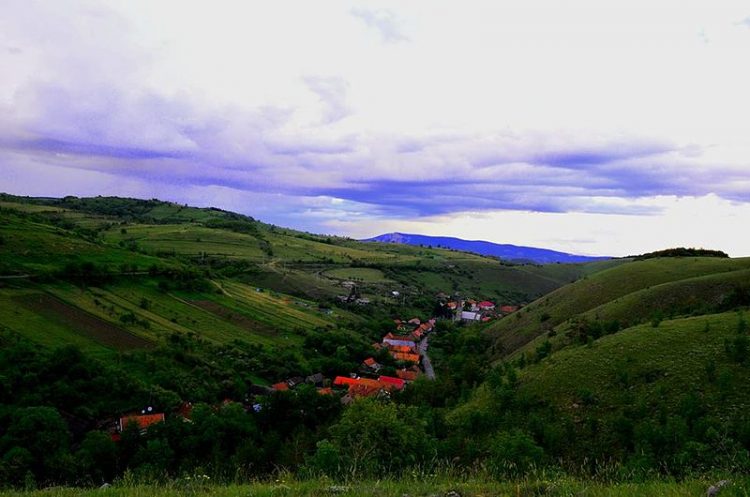
Eibenthal is an idyllic village nestled in the Banatului Mountains of Western Romania. It’s a charming place inhabited mainly by ethnic Czechs, but what really makes it stand out from other villages in the area, or pretty much anywhere else in the world, for that matter, is its reputation as a theft-free community. There is […]
No Men Allowed on ‘SuperShe Island’, a Women-Only Resort Off the Coast of Finland
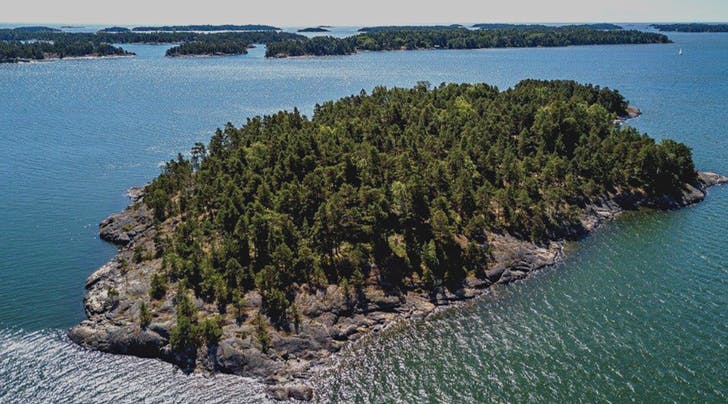
Hardcore feminists searching for a vacationing spot where they don’t have to interact with men at all need look no further than SuperShe Island, a women-only island resort off the coast of Finland. SuperShe Island is the brainchild of American entrepreneur Kristina Roth, who decided to invest in a women-only resort after realizing that being around […]
World’s First Holiday Resort for Plus-Sized Tourists Features Reinforced Beds, Extra-Wide Chairs

Known as a sanctuary for plus-sized people looking to have a good time without feeling embarrassed about their weight, The Resort is believed to be the world’s first and only vacationing retreat for the obese. Hidden away on the island of Eleuthera, in the heart of the Caribbean, The Resort opened its gates two years […]
The Bottle Cap Alley – A Dumping Ground Turned Tourist Attraction
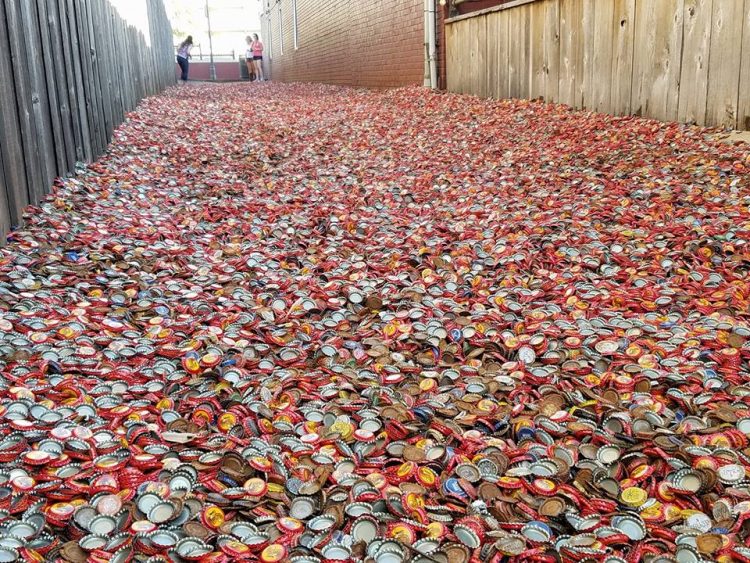
Bottle Cap Alley is a unique roadside attraction located at the north edge of the Texas A&M University campus, in College Station Texas. As the name suggests, it is paved with hundreds of thousands – by some accounts, millions – of beer and soda bottle caps. No one knows exactly how the tradition of paving the 50-meter-long […]
Nature Turns Human Pollution into Stunning Glass Beach
For years, Ussuri Bay, on Russia’s Pacific shoreline, was a dumping ground for glass bottles and waste from a nearby porcelain factory. But nature found a way to turn lemons into lemonade, and today, all those unwanted materials have been shaped into a colorful glass beach. The story goes that many years ago, truckloads of glass […]
Japan’s Unique Museum of Stones Shaped Like Human Faces
Chinsekikan, or The Hall of Curious Rocks is a unique museum in the Japanese town Saitama, just outside Tokyo, where visitors can admire close to 1,000 rocks that resemble human faces. This outlandish tourist attraction is the work of the late Shozo Hayama, a rock enthusiast who spent 50 years of his life collecting strange-looking […]
Chinese Artist Spends 20 Years Turning Ancient Valley into an Artistic Wonderland
Artist Song Peilun is being hailed as “The Father of Yelang Valley” after spending the last two decades turning a forested patch of land into an artistic village as a tribute to the ancient civilization that once thrived in the area. Yelang was an ancient political entity first described in the 3rd century BC centered in what […]
